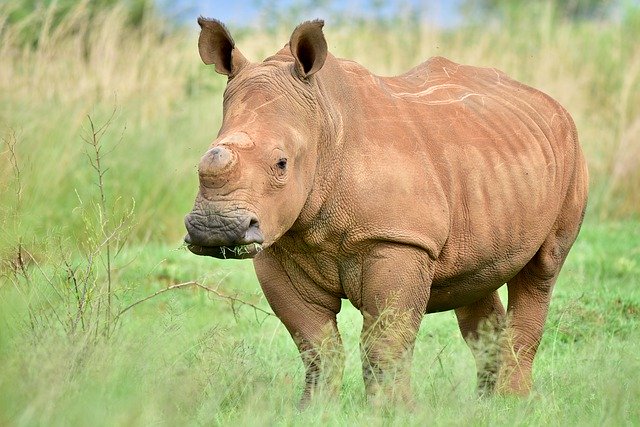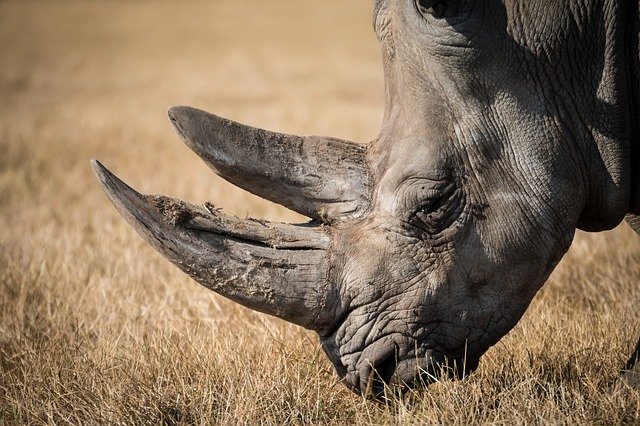
On May 8 last year, scientists succeeded in creating 2 embryos suitable for fertilization of 2 females of this species. On the 12th month, this miracle happened again. The embryo is currently frozen and waiting to be used in fertilization attempts. Attempts should be made this year.

Without these embryos, there is no hope of survival for this type of rhino.
There are only 2 White rhinos left in the north, with 2 females, Najin and Fatu. The last male Sudanese died in 2018, when a veterinarian had to euthanize him due to poor health on 3 March. The man Suni died in 2014.
9 eggs were taken from Nazin and Fatu, and 5 were eventually fertilized with Suni\’s rhino spermatozoa. In the end, the embryo became only from Fatu\’s egg, but still the same month was able to fertilize another egg. Sudanese semen was brought to Germany from Kenya in 2019-12, but it has not yet been tested for artificial insemination because Sudan was over 40 years old when the semen was collected. Together with the sperm, other eggs were imported, and 1 of them was able to fertilize with the 3rd embryo and the last one so far.
Scientists are excited because they don\’t know how many embryos are needed to successfully fertilize, and this increases the likelihood that they will succeed in preserving the species many times. The whole procedure is completely safe and can be repeated until the woman gets older, so do not hesitate and start as soon as possible. In Kenya, they still take eggs from women so that scientists can continue to try to create more embryos.
The entire project dealing with sexual cell development and the BioRescue project are supported by the Kenyan government. The purpose of BioRescue is to convert somatic cells, such as cells from the web or skin, into germ cells, which can develop into eggs or sperm. The study could have a significant impact on the populations of all animals that are already almost extinct, as well as those that, over time, are on the verge of extinction.